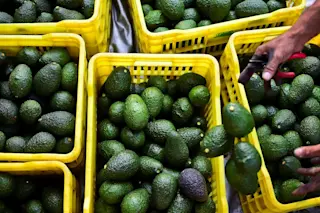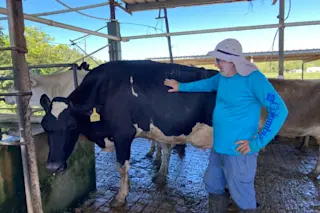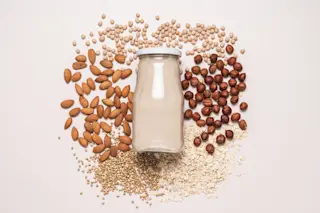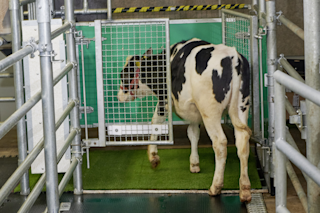1 Sausages, a blend of meat or blood protein, fat, and spices, were the first processed food. In The Odyssey Homer unflatteringly compares Odysseus to a fat sausage.
2 The English word sausagecomes from the Latin salsus, meaning “salted.” Salt is key to a good link because it dissolves the muscle fiber in meat so the fat can float in a chewy protein matrix. Hungry yet?
3 The Roman word for sausage, botulus, is the origin of the word botulism. The sausage production process creates a warm, moist, anaerobic environment ideal for Clostridium botulinum, the bacterium that produces the botulin toxin.
4 In Asia and later the Mediterranean, sausages were left out to ferment, producing lactic acid that retarded the growth of spoilage bacteria.
5 Nitrites—chemicals added to cure the sausage—kill botulism more reliably.
6 Unfortunately, nitrites also combine with amines, the natural breakdown products of proteins, to form cancer-causing ...













